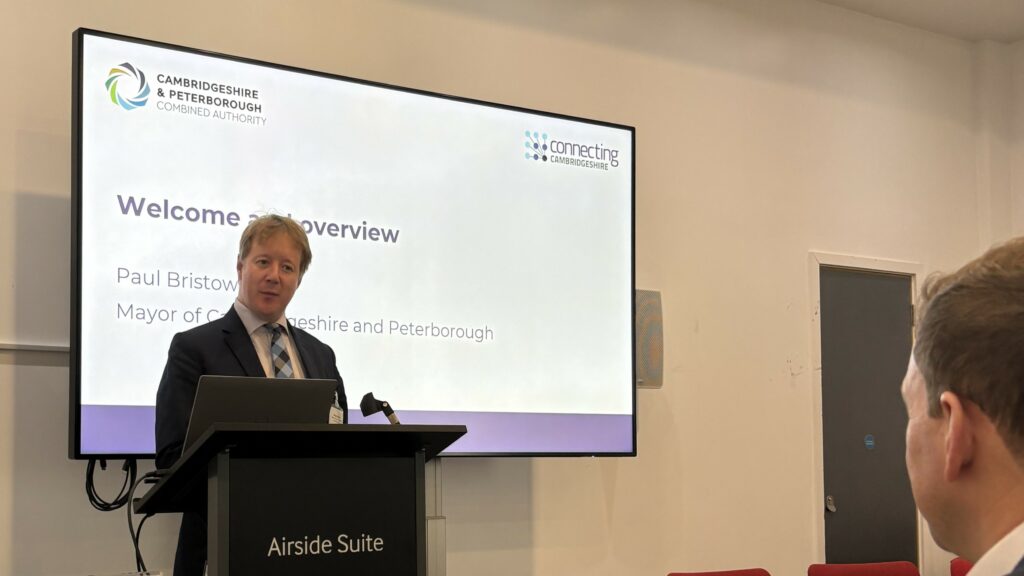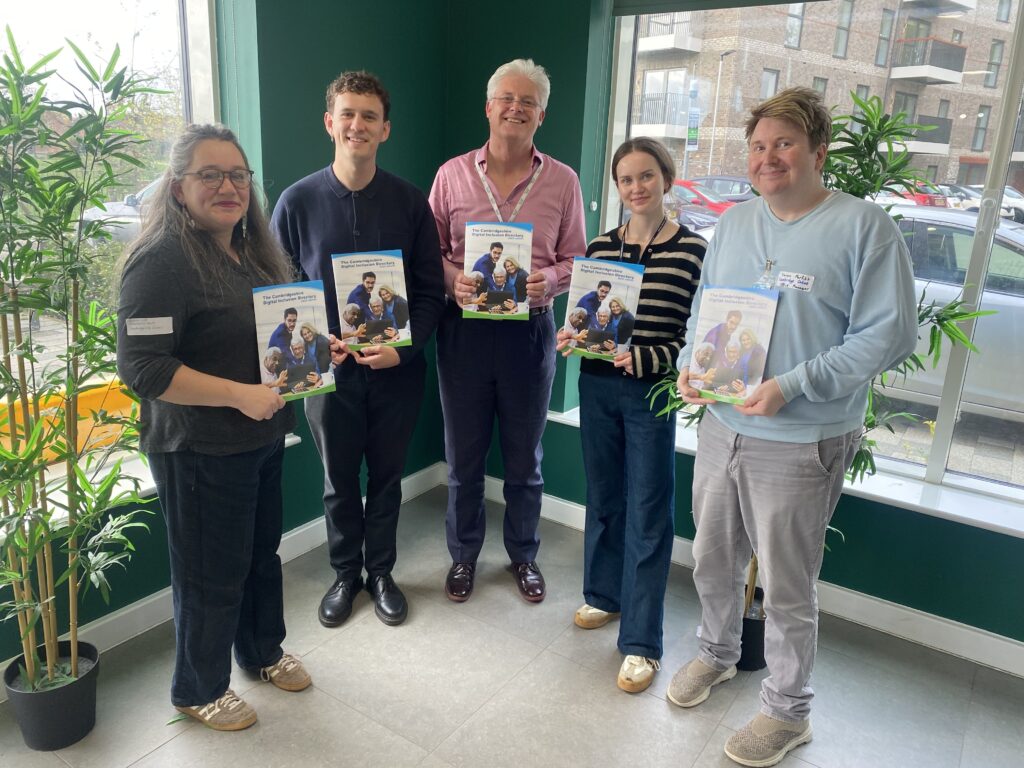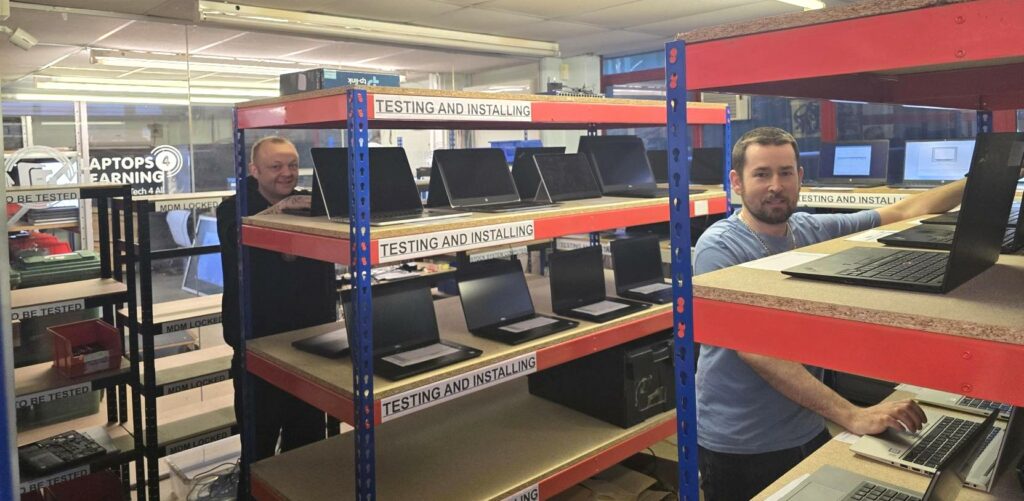New research reveals hidden barriers to digital inclusion across Cambridgeshire and Peterborough

With more and more services moving online, from booking medical appointments and managing benefits to public transport updates, being digitally excluded can mean being locked out of essential parts of everyday life.
For many people, digital exclusion isn’t just about access to a device or broadband – it’s about confidence, trust, health, and feeling that digital services aren’t made for people like them.
A new report, commissioned by Connecting Cambridgeshire as part of the county’s wider digital inclusion strategy, and published in collaboration with the Cambridge Centre for Housing & Planning Research, shines a light on the real-life experiences of people in Cambridgeshire and Peterborough.
Conducted by Dr Hannah Holmes and Dr Gemma Burgess at the University of Cambridge’s Centre for Housing and Planning Research, the study reveals the complexity of digital exclusion and what’s needed to bridge the gap, especially for those who feel the internet is “not for them” or who rely on others to navigate the digital world.
The findings highlight that digital exclusion is rarely absolute. Even those who express strong negative feelings toward digital technologies may use the internet in limited or specific ways – and in some cases, even act as proxy users for others. The report underlines how digital exclusion often intersects with wider issues such as poverty, mental health, social isolation, and health conditions.
Key findings include:
- Digital exclusion exists on a spectrum, and many people move between different levels of engagement over time.
- Proxy internet use is common and built on trust – but it can reinforce dependency and limit skill-building.
- Fear, health issues and embarrassment are major barriers that prevent people from seeking support.
- One-size-fits-all approaches don’t work – support must be flexible, local, and tailored to individuals’ needs and preferences.
The report calls for ongoing investment in people and place-based digital support, including improved training for volunteers and professionals, clearer signposting of available help, and ensuring offline alternatives remain available for public services.
Will Plant, Digital Inclusion Lead at Connecting Cambridgeshire, said: “In order to effectively deliver digital inclusion, we need to ensure our work is relevant and delivered in a way that is convenient and suitable for our communities. This research has enabled us to gain further insight into our most digitally excluded residents, and those who support them.
“With this insight, we can improve our approach to targeting and delivering support. These findings will not only improve our work across Cambridgeshire and Peterborough, but have the potential to be far-reaching and support local authorities, public sector, and voluntary and community sector organisations and groups across the UK.”
Dr Hannah Holmes, author of the report, added: “Digital inclusion is about more than just getting people online -it’s about recognising the varied, nuanced, and deeply personal reasons why someone may feel excluded from the digital world.
“We found that people who appear ‘offline’ often use the internet in some capacity, and that trusted relationships – whether with family, friends, or professionals – are key to navigating the digital landscape. This highlights the importance of human connection in an increasingly digital society.”
The report supports the delivery of Connecting Cambridgeshire’s Digital Connectivity Strategy 2025–2029 and will inform future investment in digital inclusion across the region.
Related Posts

Mayor hosts industry leaders to drive better mobile connectivity in Cambridgeshire and Peterborough

Cambridge Online, Connecting Cambridgeshire and Cambridge City Council launch new Digital Directory to bridge the digital divide

